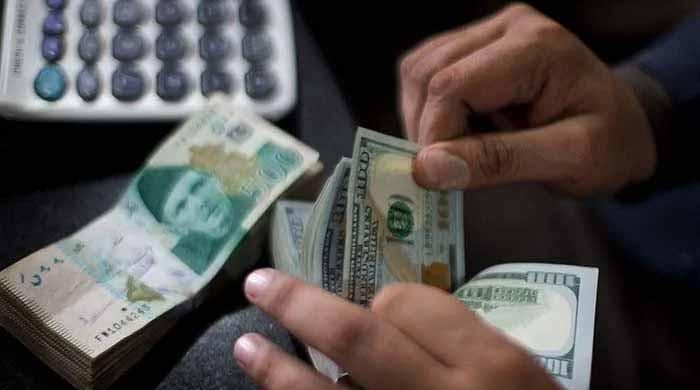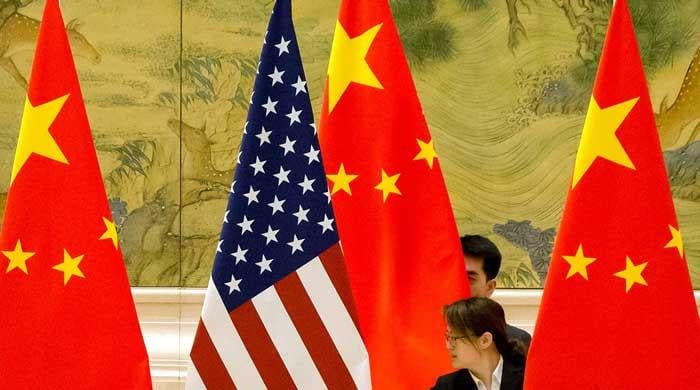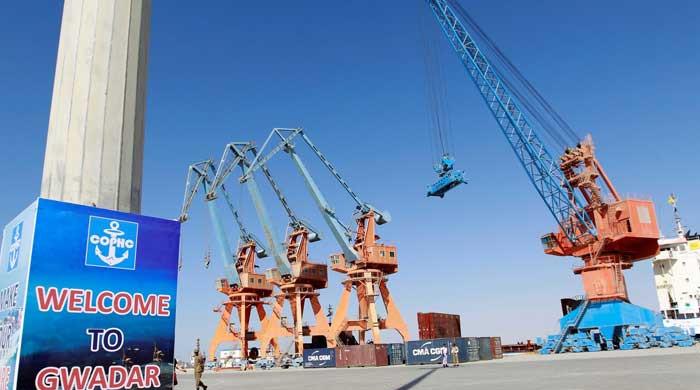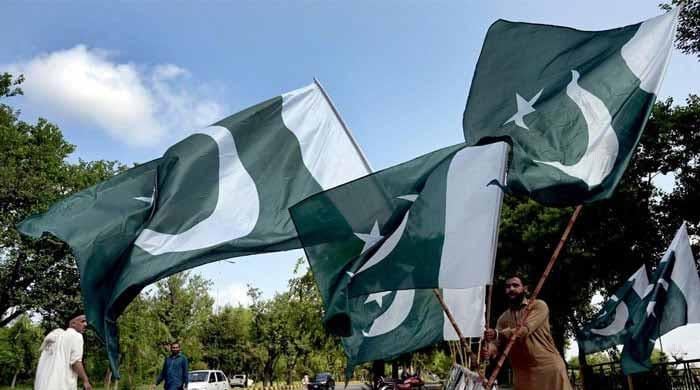Governing Afghanistan without money
US Treasury froze $7 billion worth of Afghan govt assets present in Federal Reserve Bank of New York
November 15, 2021
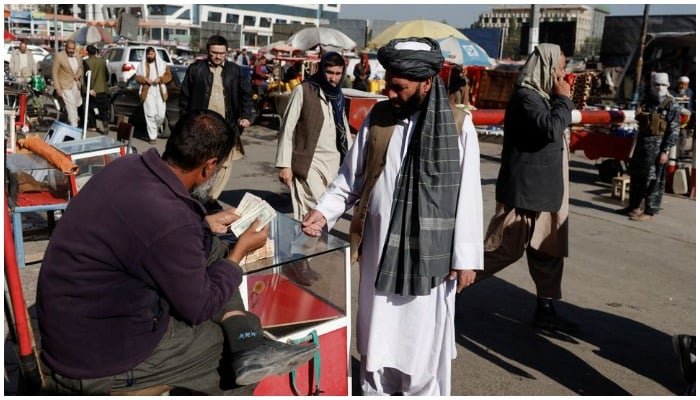
Unpredicted even by the most mighty and prudent of minds, the swift and startling overthrow of the Afghan government by the Taliban left the world on its toes.
With this startling shift, also came a flush of questions: how would the Taliban rule, what would be their approach towards politics and gender equality, will the Taliban government be recognised by other states and how exactly will the Taliban run the Afghan economy?
Although there has been no clear money trail, the Taliban had been reportedly generating between $300 million to $1.6 billion annually before their takeover of Kabul. A report presented by the United Nations in June 2021 has claimed that the wealth has mainly been generated through illicit means ranging from extortion, kidnapping for ransom, opium production, and drug trafficking. The report also revealed that approximately $464 million were produced through mining expeditions just last year.
Taliban have also been subject to large numbers of foreign aids through numerous nongovernmental organisations, as has been reported by the UN. The US government also stated that Russia has been supporting the Taliban in Afghanistan by providing money, weapons, and military training as the war in Afghanistan continued. It has also been speculated that Pakistan and Iran financially supported the Taliban through their time in the wilderness.
It was predicted by certain US officials that if or when the Taliban took control of the Afghan government, they could possibly stay above a financial crisis for quite a while.
Mathew Levitt, the director of the counterterrorism programme at the Washington Institute for Near East Policy, also argued that the Taliban could even survive losing all the foreign aid given to the Afghan government. However, this does not seem to be the case.
Prior to the Taliban takeover of Afghanistan, the World Bank estimated that the Afghan government had spent $11 billion in 2018, 80% of which was generated through foreign aid. As the Taliban government has not gained recognition or legitimacy from numerous states, including, US, UK, France, Russia, and China, the flow of foreign aid has ceased.
The US Treasury has recently frozen $7 billion worth of Afghan government assets present in the Federal Reserve Bank of New York while wanting to fund the Afghans directly, without having to bring the Taliban into the equation after they took over the government.
The economy of Afghanistan stands at $22 billion and the $1 billion generated by the Taliban can scarcely contribute to an exhausted economy. While the previous GDP was based on foreign assistance and development projects, the Taliban have been denied both. And so, the Taliban has no money to govern Afghanistan.
Amir Khan Muttaqi, the Taliban’s acting foreign minister, requested the US to release Afghani funds on September 14 in a press conference, stating “America is a big country, they need to have a big heart”.
The Chamber of Commerce and Industry officials stated that this money is crucial for the import of food containers from Pakistan.
Many countries and international organisations have also stopped supporting the government financially. Where last year 43% of the Afghani GDP came from foreign assistance, now such channels have been blocked. The World Bank and the IMF have also frozen their flow of funds. The European Union has instead placed certain conditions on the Taliban regarding human rights in return for aid.
The UN has reported that more than 50% of the Afghans rely on foreign aid for their survival. It has been stated that 90% of the people in Afghanistan are living below the poverty line and that this number will rise to 97% by next year if the economic condition in Afghanistan is not stabilized.
People are struggling with basic tasks such as withdrawing cash and buying necessities as the banks have restricted cash accessibility. This, combined with a drought threatening more than 12 million lives, extreme inflation in food prices and the pandemic, can potentially lead the country into deep turmoil.
Many international health organisations have also pointed out that Afghanistan’s health system is on the verge of collapsing if funds are not retained. The Taliban government is also struggling to pay salaries and maintain employees in their current positions. So, the question arises, how long can the Taliban government hold up in Afghanistan? And what sort of possible crises can the world and Taliban expect them to face?
While countries have started to support Afghans through minimal transactions, it is not enough to sustain the population and the country itself. The UN Secretary-General stated that Afghanistan is on the brink of a “humanitarian catastrophe”.
Moreover, the World Food Programme has estimated that only 5% of the Afghans have sufficient food to consume daily and that for the first time, those living in urban areas, have inadequate food as per rural living standards. The International Rescue Committee stated that 90% of the Afghans are living on less than $2 a day and that their own workforce is struggling to buy food.
An orphanage in Kabul is also running low on money. As a result of the financial strains on the orphanage, the administration sent a few children back to their relatives who were comparatively well off. However, the children were soon returned.
As a result, the portions of food have been cut down as well as certain foods being completely cut out. UNICEF has also reported that approximately 1 million children will die of malnutrition if foreign aid is not received by Afghanistan. These factors can lead to the complete collapse of the public services sector and society.
While chaos has spread vastly in the country, the situation cannot be seen to be getting better. The women have already been excluded from public life, as well as from educational and media institutions, effectively cutting off the workforce of the country.
And with the winters looming over, this crisis is expected to worsen, leaving the people of Afghanistan isolated and hungry.
— The author is a researcher at the Center for Law and Security in Islamabad.




